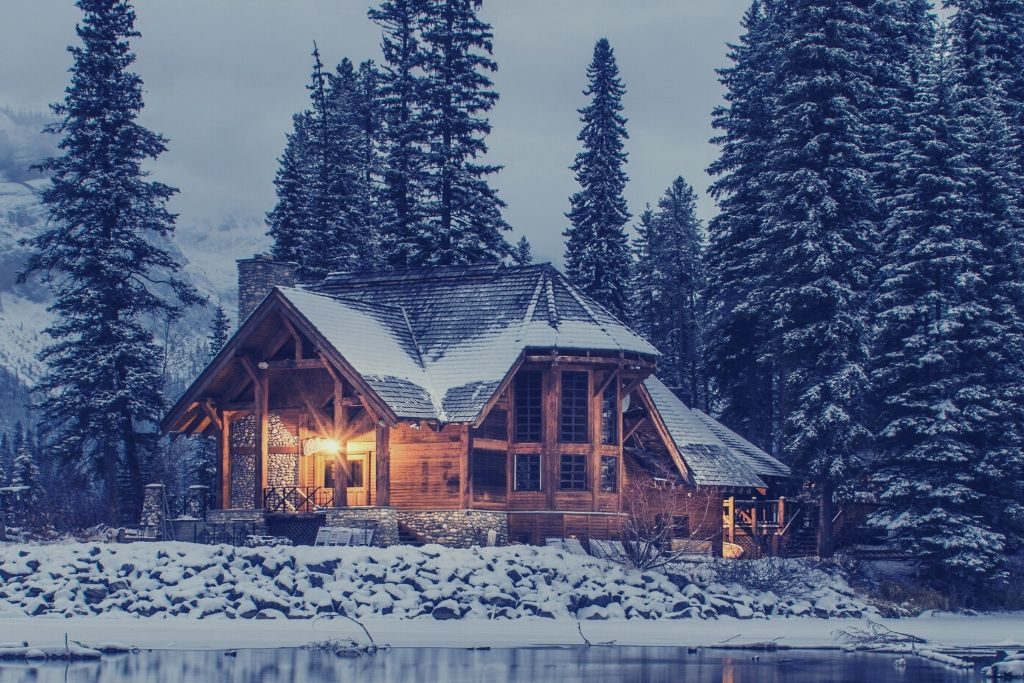The ancient Chinese practice of Feng Shui considers doors and windows the most crucial part of a building. According to this philosophy, the vital Qi energy enters the buildings through them, promoting peace and harmony.
The winter is descending on the Northern Hemisphere, with millions celebrating the seasonal festivities. However, it’s not just wellness-promoting energy that can enter through the doors and windows: Without the right insulation and measures, bitterly cold winter air might be the unwanted guests of the winter parties, accelerating the utility bills and causing residents discomfort.
Furthermore, particularly in wet days, doors can be a safety hazard for the tenants due to the risks of slipping and falling. Even though the proliferation of automatic doors and windows already reduces some of these issues, the following winter checklist for automatic doors and windows can ensure a cozy and safe season, with a smaller ecological footprint and a greater joy.
Optimize the Electrical and Digital Functions
Automatic doors and windows boost the safety and energy efficiency of the buildings. However, these systems comprise interdependent parts that require regular maintenance and care to keep functioning smoothly throughout the winter.
The locks and the remote controls must be free of any corrosion or damage to work in alignment and effortlessly. Likewise, operative shutters and doors close in a tight, balanced matter, without any gap for potential air leakage.
In case any of these parts make a loud or grinding noise, this is a sign of malfunction, which calls for a professional maintenance team to oversee the issue.
Run Regular Safety Checks
While safety is always of paramount importance, the wet winter months require even more thorough precautions. To ensure this, building managers need to ideally run a safety check of doors at least weekly — or after any loss of electricity.
The threshold area has to be clean and without any loose parts to minimize the risk of tripping or falling. The safety stickers with the appropriate warning texts such as “automatic door” or “keep clear” should be present and visible.
For a routine safety check, after referring to the user’s manual of their doors, building managers can start to walk towards the door at a regular pace. A functional door would open before they reach the threshold. For sliding doors, they must stand motionless in the threshold for at least 10 seconds. While doing so, a properly functioning door wouldn’t close, but if it begins to do so, they should immediately move out of the way. An optimal door should remain open for at least 1.5 seconds and would close slowly and smoothly. Moreover, any overhead heaters should be cleaned and maintained regularly.
If the automatic door is in use for two-way traffic, both sides of the door necessitate the same checks.
Preserving the Right Kind of Energy in Winters

In case of any irregularities with both automatic doors and windows, it’s imperative to call professional services to address these issues. However, with some straightforward precautions, automatic doors and windows equipped with cutting-edge building technologies add much value to properties. When the days are shorter and the sunshine is weaker, efficient buildings protect the lives inside them against the harsh weather, rather than contributing to any discomfort.



